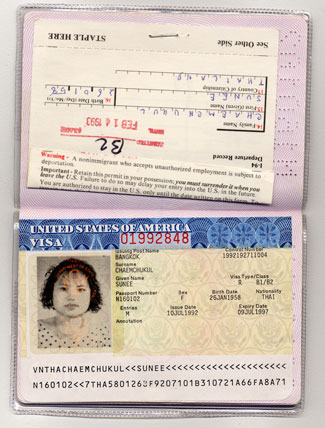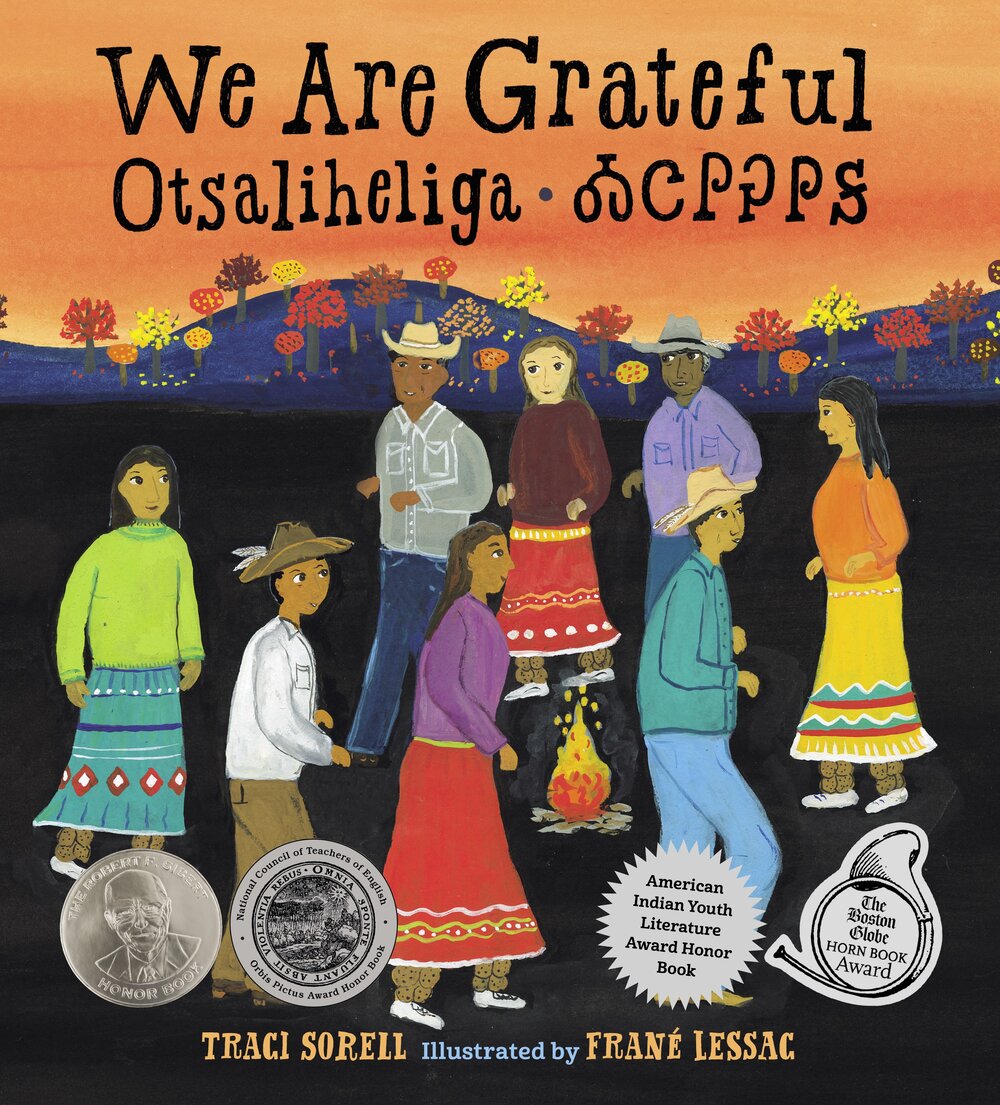As COVID-19 deaths spiked in 2020, Suzanne Firstenberg’s public art installation "In America: How could this happen…"
History Explorer Results (1131)
Related Books (350)

Grade Range:
6-12
Resource Type(s):
Artifacts
Date Posted:
12/30/2020
A box of soap baby that was sold as a campaign tool for Former President William McKinley during the 1896 United States presidential election. An identical box of soap baby was created for the opposing Democrat candidate, William Jennings Bryan. These were produced by the soap manufacturer and not t

Grade Range:
K-12
Resource Type(s):
Artifacts
Date Posted:
1/2/2022
The blue dress worn by Constance Wu in the film "Crazy Rich Asians." The film was the first Hollywood film to star a mostly East Asian cast since 1993's "The Joy Luck Club." The Marchesa dress is a Grecian-style dress with light blue tulle.
Learn more about the artifact!

Grade Range:
4-12
Resource Type(s):
Reference Materials, Primary Sources
Date Posted:
6/10/2008
Students will learn about the experience of Issei, the first generation of Japanese immigrants to the United States, through the use of artifacts from the Museum's collections, primary source documents, photographs, and oral histories. This section of the

Grade Range:
K-12
Resource Type(s):
Reference Materials, Primary Sources
Date Posted:
3/1/2010
The letter reveals George Washington’s active engagement in shaping the nation during the critical period following the American Revolution. Washington wrote the letter to Dr. David Stuart from Mount Vernon on November 30, 1785. Stuart was both a trusted associate and a member of Washington’s

Grade Range:
K-12
Resource Type(s):
Artifacts, Primary Sources
Date Posted:
12/15/2010
Blue wool uniform coat, gold-colored buttons on jacket front and sleeves. Epaulettes and gold trim at neck and cuffs.
This coat adheres to the 1813 uniform regulations; single-breasted, of dark blue wool, four buttons placed lengthwise on the sleeves and skirts. A gold star is embr

Grade Range:
4-12
Resource Type(s):
Lessons & Activities
Date Posted:
7/7/2008
In this classroom activity, students will identify and discuss the condition and aspirations of free African Americans in the years following the Civil War, identify the social factors that led to the rise of Jim Crow segregation and evaluate the effects of segregation. This lesson is part of the

Grade Range:
5-12
Resource Type(s):
Reference Materials
Date Posted:
5/25/2012
This online exhibition explore the role of the portable printing press in conveying information during the Civil War. The ability to communicate quickly in wartime can profoundly affect military actions and outcomes. The invention of portable tabletop printing presses at the time of the American

Grade Range:
K-12
Resource Type(s):
Reviewed Websites
Date Posted:
6/11/2008
The Densho Project is a non-profit educational organization that preserves historical first-person accounts, photographs and documents in a digital archive. Digitally videotaped oral history interviews include personal experiences of immigration, family life, mass incarceration of Japanese Americ

Grade Range:
6-12
Resource Type(s):
Artifacts, Primary Sources
Date Posted:
3/5/2009
This Thai passport was seized in the well-publicized 1995 El Monte, Calif., sweatshop raid. The passport is part of a larger Smithsonian collection of artifacts documenting apparel industry sweatshops, focusing on the El Monte operation (72 workers were discovered working as slaves). With a legit

Grade Range:
5-12
Resource Type(s):
Artifacts, Primary Sources
Date Posted:
12/31/2010
This gold-mounted, engraved Henry rifle was presented to Abraham Lincoln in an effort to obtain his influence in their purchase for the war effort. This rifle was awarded the National Rifle Association Collectors Society Gold Medal as an outstanding historical firearm.



















